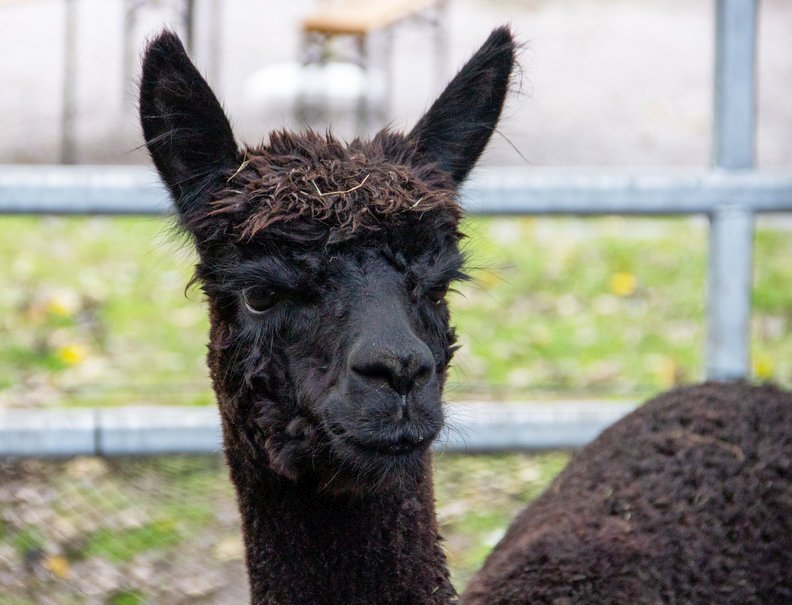
The government's own tests on 'Geronimo' the alpaca - euthanised due to a belief he had bovine TB - have failed to provide conclusive evidence that the animal had the disease.
Geronimo was euthanised in August by government vets following a four-year battle by his owner Helen Macdonald and animal rights campaigners to save him.
The government insisted that the animal had to be culled due to tests which had twice tested positive for bovine TB.
But Ms Macdonald has always disputed the tests' findings, claiming that Geronimo was never infected by the disease.
Now the Animal and Plant Health Agency (APHA) has released findings of its culture testing work for the alpaca.
In September, government vets completed an initial post-mortem examination of the animal, which they say revealed the 'presence of TB-like lesions'.
These have since been undergoing further testing at APHA Weybridge to determine the source of infection.
But APHA said on Friday (10 December) that it was "not possible to culture bacteria from tissue samples taken at post-mortem examination".
This means, it added, that it will "not be possible to carry out whole genome sequencing in order to try to understand how the alpaca caught the disease."
"This does not mean the animal was free of bTB infection because it had previously twice tested positive using highly specific, validated and reliable tests," the agency said.
The UK's Chief Veterinary Officer Christine Middlemiss said further testing had not enabled the government to use genome sequencing to try to understand how the animal became infected in the first place.
"Our sympathies remain with all those with animals affected by this terrible disease which devastates farmers’ livelihoods," she said in a statement issued today.
"It is important to remember that infected animals can spread the disease to both animals and people before displaying clinical signs, which is why we take action quickly to limit the risk of the disease spreading.
"We are grateful for the cooperation of livestock farmers to allow this to happen."
